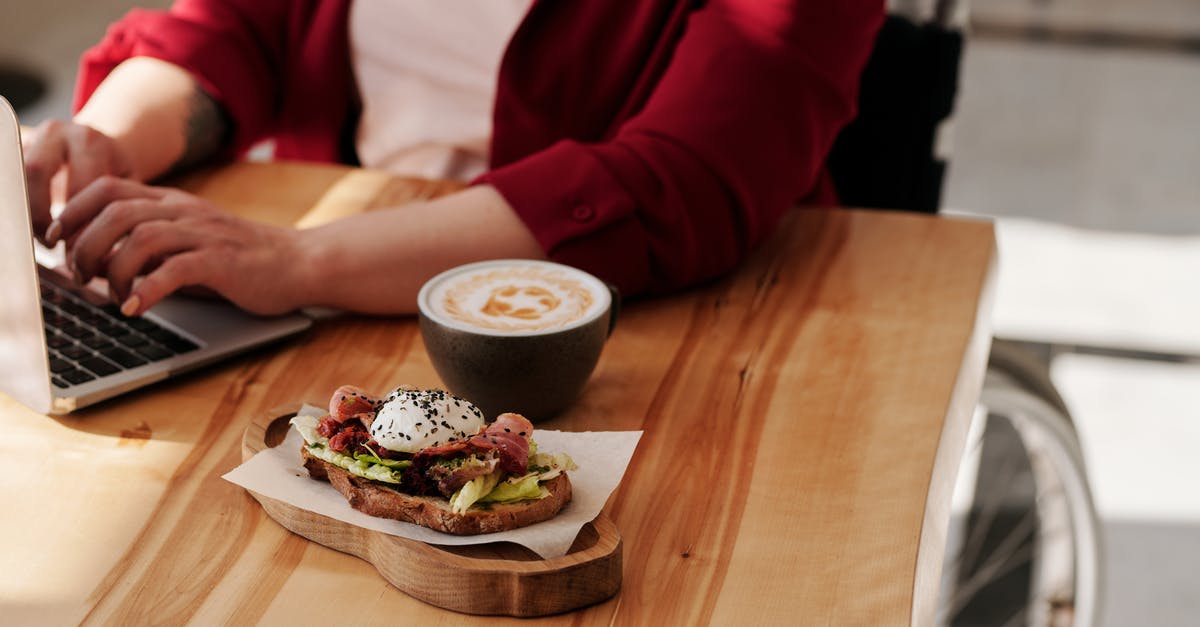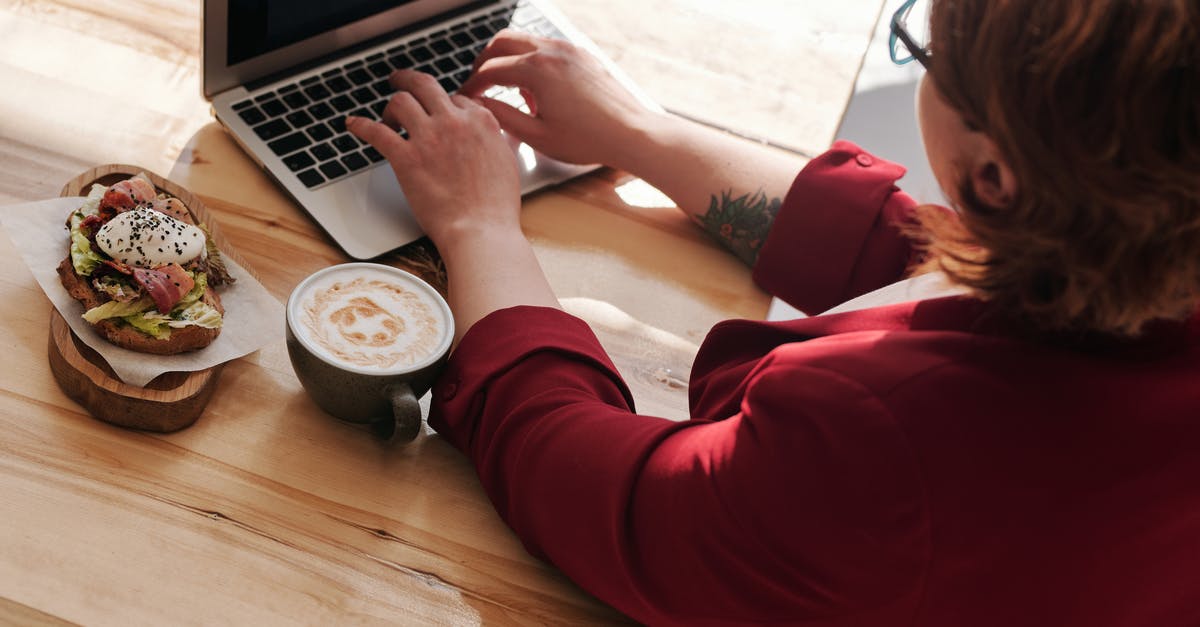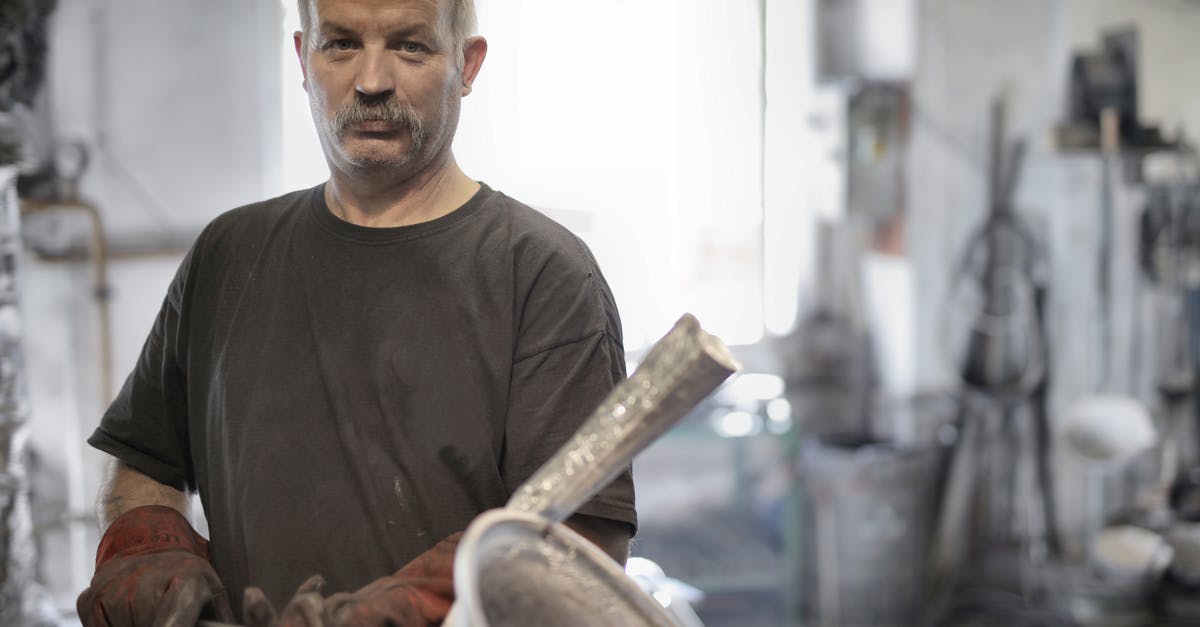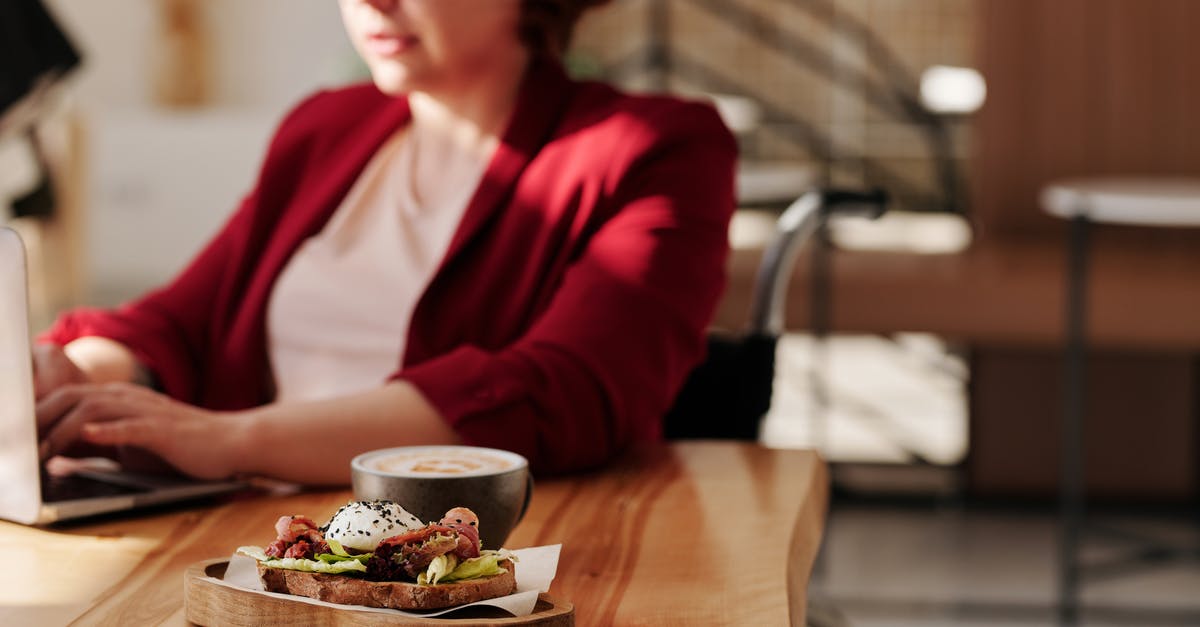browning meat in Dutch oven--why doesn't it work for me?

A stew recipe I was using said to brown the meat in the Dutch oven first. I tried to--added oil and let it get hot on the stove top with lid off. However, the meat did not appear to brown as much as, I think, broil. I am unsure if I waited long enough to get the Dutch oven hot all the way--but the oil seemed to get hot in it. I was wanting to let the meat stay longer in the Dutch oven but it began to stick to the bottom without looking browned. I made sure not to crowd the bottom of the oven and the oven itself is a 4.3 quart cast iron enameled one.
Is there a particular approach to browning meat in a Dutch oven vs a pan?
Best Answer
A few things that I would suggest for browning in general, some of which moscafj has already hinted at:
Dry your meat: Any surface moisture has to be evaporated, cooling down the meat and the pot. A dry piece of meat will brown more easily. For grilling, many people use paper towels, but for stews you can also roll the chunks in flour so it later acts as a thickner ... but if you do this make sure to shake off any loose flour before adding it to your pot.
Work in small batches. You want to have a bit of space around each piece of meat so that any moisture given off can quickly evaporate, rather than pooling and cooling off the pan. (if you're not using flour). Generally I try for at least 1cm (about 1/2 an inch) gap between the various chunks when browning meat.
Be patient. Browning takes a little bit of time. If the food sticks, just leave it alone. This is a sign that the proteins are starting to change. Once they're fully browned, they'll release their hold. (this is a useful test for if it's browned in a large pot, as you can't easily see under it ... just wait until you can prod it from the side and see if it releases ... but don't push too hard, as you can end up ripping the crust that's starting to form and leave that stuck to the pot; if this happens, deglaze before your next batch, and save the liquid (to add back to the stew later).
But specifically for a dutch oven:
- If you have a fan near your stove, use it. The high-sides of a dutch oven prevent the moisture from escaping easily, leaving you with steamed meat. If you don't have a fan, you may want to leave a little more space between your chunks of meat.
If you're crunched for time, it's often quicker to brown large batches of meat chunks under the broiler (grill / top heat) of your oven, rather than in a dutch oven, but you need to keep a closer eye on it.
Pictures about "browning meat in Dutch oven--why doesn't it work for me?"



Can I Brown meat in my Dutch oven?
But one of the wonderful things about a Dutch oven is that because it's cast iron, you can get it smoking hot on the stovetop and brown your meat directly in it, then add your liquid (after draining off any excess fat) and other ingredients, cover it, lower the heat and continue braising at a low temperature.Why is my Dutch oven burning on the bottom?
One of the main reasons a Dutch oven burns on the bottom is that you're baking/cooking in too high of temperatures. Most times, a Dutch oven's manufacturer ratings are only for around 400 degrees Fahrenheit, meaning anything above that can cause serious damage to your cookware.Do you preheat Dutch oven with lid on or off?
Preheating an empty Dutch oven turns it into a steam oven. By adding the lid, it will distribute heat more evenly in the enclosed cooking vessel. This creates steam, improving the bake, flavor, crust, and rise of the bread. Essentially, steam creates deliciousness!What can you not do with a Dutch oven?
5 Mistakes to Avoid with Your Dutch OvenDutch Oven Pot Roast Beef with Carrots and Potatoes
More answers regarding browning meat in Dutch oven--why doesn't it work for me?
Answer 2
Heat the pan over medium heat for a minute or two. Add fat. When you barely see it smoke, add meat without crowding the pot. Wait. Sticking means it has not yet browned. It will release with gentle prodding when a crust forms. Too much movement will not give it a chance to brown. When it releases (or when brown, sometimes it does not stick), turn pieces, and continue. The advantage of cast iron is that it retains heat well. Keep the heat at medium high and be patient.
Sources: Stack Exchange - This article follows the attribution requirements of Stack Exchange and is licensed under CC BY-SA 3.0.
Images: Marcus Aurelius, Marcus Aurelius, Andrea Piacquadio, Marcus Aurelius
